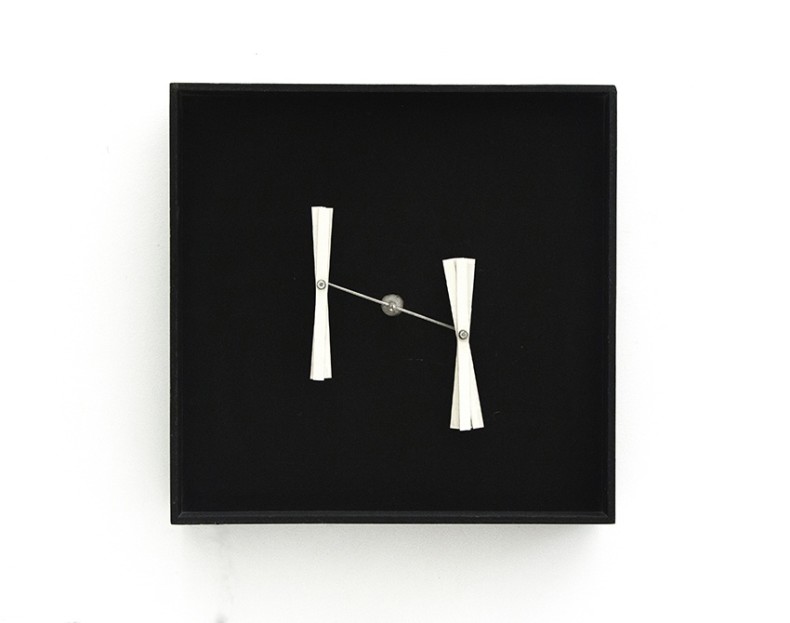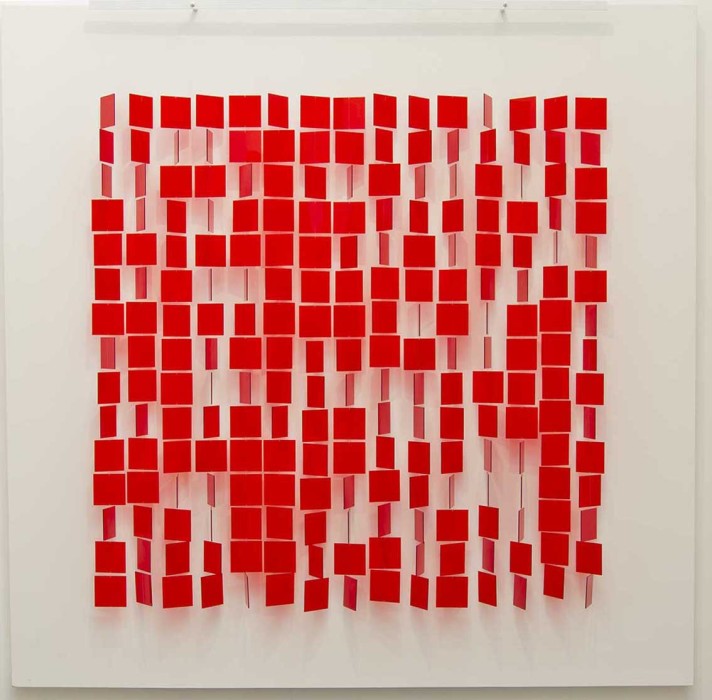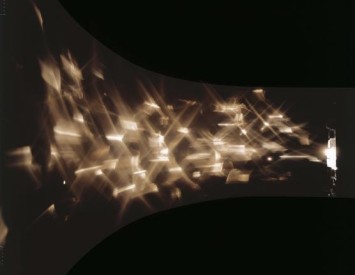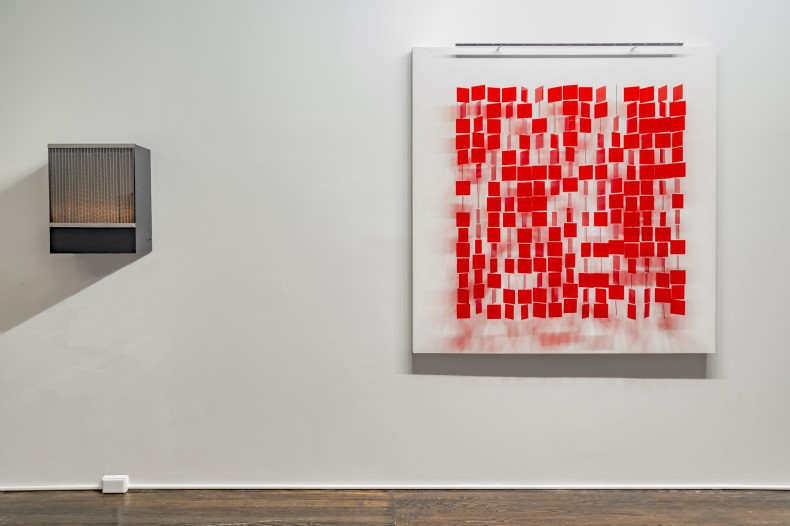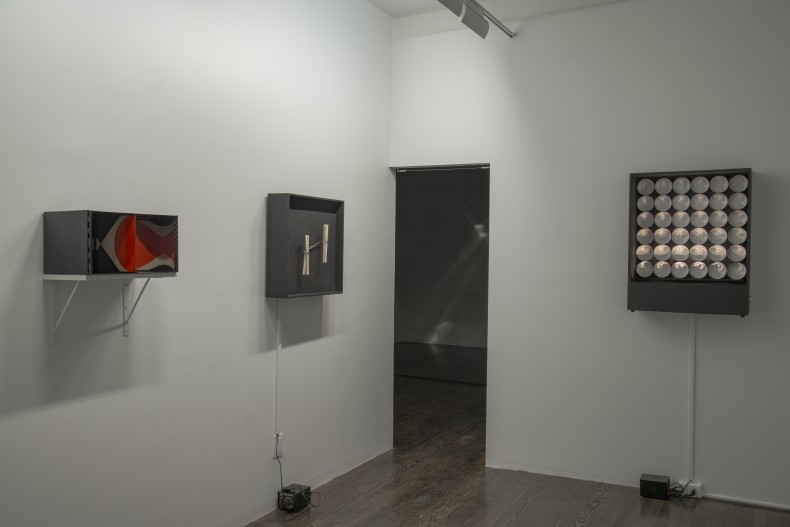Galeria Nara Roesler is pleased to announce the first exhibition of Julio Le Parc’s works in their New York Gallery. Galeria Nara Roesler’s representation of Julio Le Parc has spanned nearly two decades, and the gallery has had the pleasure of previously exhibiting his work in Brazil on multiple occasions. The upcoming exhibition, titled Julio Le Parc 1959 – 1970, will feature kinetic objects, reliefs, paintings and an immersive light installation by the master of kinetic art, starting on October 7th and running through December 17th, 2016.
Considered a pioneer in Kinetic and Op art Julio Le Parc has, for over 60 years, invited his public to discover new ways of interacting with space through his playful and visionary works which remain timeless. Presented at Galeria Nara Roesler is a small group of works representative of Julio Le Parc’s highly expansive oeuvre. As early as 1950, Julio began working three dimensionally, researching notions of movement, instability, and probability. Forming a series entitled Continuels- Mobiles, the title emerges from the artist’s intention to keep the artwork in continuous motion. Mobile rouge sur blanc is composed of 250 pieces of 70mm red transparent acrylics suspended vertically on nylon threads, in evenly spaced rows hanging from a metal plate. The nylon threads hang loosely, allowing the red pieces to move independently with the air currents and creating optical effects against the static whiteness of the surface behind it. This specific work introduces Le Parc´s early determination to expand the role of the spectator by considering external contingencies as fundamental elements to his work.
Simultaneously, Le Parc begins to address light; carrying out numerous experiments using projected light in various ways in a darkened rooms. For this occasion, Galeria Nara Roesler has installed Lumière en movement which is assembled in a dark space with an artificial light source placed in the middle of the room, projecting light to suspended disks hanging from the ceiling on nylon threads; receiving light rays from the bottom allowing their reflections to move freely on the walls. Forming an immersive light environment that mesmerizes the viewer. As the red acrylics with the whiteboard, these squares hanging from the ceiling are encouraged to take all sorts of positions since they each rotate independently from one another. His desire to distance himself from the idea of art as stable and singular can be fully experienced in these two works that are in constant movement and always changing.
At the center of Le Parc’s practice is his desire to make the viewers and their experience an integral part of his work. His series Salle de jeux, started in 1964, invited the spectators to participate as the works enable a game between the participant and the work. The game room composes games to be played by groups of people. These games were designed for fun but also to encourage social interaction. The piece Jeu visual, shown in the exhibition fans its fins in opposite directions in circular movement upon activation by the viewer.
Also in the 1960s, Le Parc started a series of relief designs. He focused on the play of light, shadow, and reflection for pieces composed of metals plates as they slowly start to lose their presence and merge as one with the forms produced by the reflections, shadows, and changes. This work has a mid partition reflecting plate and the image in the back is fractionated in multiples, the work activates in movement as the viewer becomes astatic. The experience of multitudes and movement are magnified by his selection of basic geometric shapes. As many his other works, the work has various sheets interchangeable by the audience.

